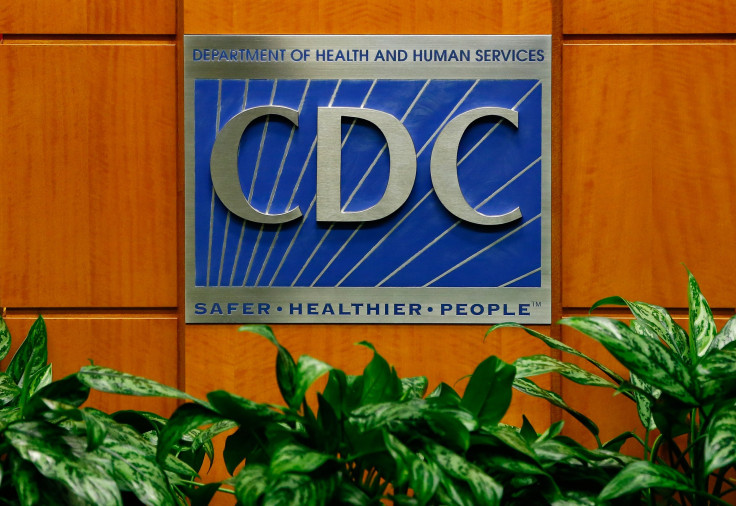Experts Critical of CDC's COVID-19 Testing Guideline Changes

The Centers for Disease Control and Prevention’s decision to revise its COVID-19 testing guidelines has prompted shocked reactions from many experts. Previous guidance clearly said, “testing is recommended for all close contacts.” That is, anyone who thought they had come into contact with a confirmed case of COVID-19 should be tested. The revised guidelines indicate that asymptomatic individuals, “do not necessarily need a test,” so only people who developed symptoms after coming in contact with a case of COVID-19 would need to be tested.
There is an exception for so-called vulnerable individuals, the CDC explained elsewhere on their website, and that the elderly and those with underlying conditions, like cancer, obesity and chronic obstructive pulmonary disease (COPD), are especially at risk. Additionally, the new guidelines recommend following the guidance of local and state public health officials.
Critics Speak Out
One critic of the changes was Tom Frieden, MD, former director of the CDC, who tweeted, “… unexplained, inexplicable, probably indefensible,” in reference to the new testing guidelines.
Leana Wen, MD, told CNN the guidelines made no sense. “I'm concerned that these recommendations suggest someone who has had substantial exposure to a person with COVID-19 now doesn't need to get tested,” she said. "This is key to contact tracing, especially given that up to 50% of all transmissions [are] due to people who do not have symptoms. One wonders why these guidelines were changed – is it to justify continued deficit of testing?" Dr. Wen, a professor of public health at George Washington University, was a former health commissioner for the city of Baltimore.
Wiggle Room in the Guidelines Though
Guidelines are just that – guidelines. A Department of Health and Human Services spokesperson told The New York Times that testing for asymptomatic people was still possible, “when directed by public health leaders or health care providers.” The spokesperson went on to add that whether or not someone is tested should factor in the individual circumstances and the status of community spread, when a person is infected with the virus from an unknown source. Better testing and contact tracing lead to fewer people in the community passing the virus on.
These tests are a key step in containing COVID-19. After someone contracts the infection, there is a presymptomatic phase, when the virus can be unknowingly passed on. The average time between infection and symptoms is 4 to 5 days, it but can range from 3 to 14 days. Some people with COVID-19 never develop symptoms at all. Although they won’t seem sick, they can still spread the virus to others, who might get sick. Research published in the journal Nature found that 20% of infected people were asymptomatic, but other studies report as high as 40% of patients being asymptomatic. Not having symptoms says nothing about a patient's chances of having COVID-19.
COVID-19 is not only a public health crisis, it’s also a deeply political issue. In a tweet, New York Governor Mario Cuomo said, “...[T]his is not science. It’s politics. Politics that are dangerous to public health.



























